Boys’ Love, The Genre That Liberates Japanese Women To Create a World of Their Own
Tales of love between beautiful boys offer more than just double the eye candy
In a nation where patriarchy remains strong, Boys' Love homoerotic manga and other fictional media give women and girls a world of escapism from societal constraints.
Walk into the manga section of your local Japanese bookstore and the overwhelming image you will see is one of a wide-eyed girl with impossible melon breasts in an available position. Even before one brushstroke of word or picture is written, the assumption is clear that girls exist to titillate men, whether they be characters, readers, or the wider patriarchal society as a whole.
Now go to the part of the manga section that is furthest from the entrance. Here, alongside softer images of romance on titles for elementary school girls, you will find glossy covers featuring only pretty boys — some of them closing in to kiss each other. This is “boys’ love,” (BL) the Japanese genre of manga, novels, anime, movies, and now computer games, that features love relationships between young men, but, to our surprise, are not made for a gay audience.
View this post on Instagram
For a female audience
The BL following in Japan is fierce but small. Less than one percent of the population identifies themselves as BL fans and the market earns only about one-twentieth of the overall domestic manga industry, according to 2015 data from the Yano Research Institute. Yet, despite being a minor one, the audience is solid.
Predominantly written by women, readers are also overwhelmingly female. BL is more than just double the eye candy, as these tales of romance between beautiful androgynous boys release women from a judgmental gaze and create a world that frees them from the constrictive social norms of reality.
View this post on Instagram
Boys’ love is similar to the West’s slash fiction in that they both depict homosexual relationships and have emerged in large part due to the amateur creations of the genres’ fans. The majority of readers of both categories are women, but most female fans of slash fiction identify as other than heterosexual. In contrast, BL has some gay and bisexual — as well as heterosexual male — readers, but its fan base is predominantly heterosexual young women. Around 60 percent of them are aged between 15 and 29 years old.
The Japanese genre is currently known by the katakana name ボーイズラブ (boizu rabu) or the abbreviation BL (ビー・エル). In the West however, it is still predominantly known by the older Japanese name of yaoi. This was the self-deprecating name that writers used back in the early days and was derived from the initial sounds of the Japanese words “yamanashi ochinashi iminashi,” (山なし、落ちなし、意味なし) which mean “no climax, no point, no meaning” — in other words, a really dull, dud of a manga.
Currently in Japan, the two terms refer to different genres: boys’ love focuses on romance and is less extreme, while yaoi goes all the way with explicit sex scenes.
Breaking into a male world
The term “boys’ love” emerged in the early 1990s, but the material began being created in the 1970s as female writers started to break into the male-dominated world of writing manga for girls. Some began creating a genre of highly aesthetic depictions of relationships between boys that were known as shonen ai, literally “boys’ love” in Japanese, which also often referenced classical literature. Then amateur female writers started writing subversive, sexualized parodies of mainstream anime and manga for boys, with male characters recast as gay lovers.
These tales of romance between beautiful androgynous boys release women from a judgmental gaze and create a world that frees them from the constrictive social norms of reality.
Manga writer Keiko Takemiya played a key role in establishing the BL genre and her 1970 work “In the Sunroom” (サンルームにて) is said to contain the first male-male kiss in a manga for women.
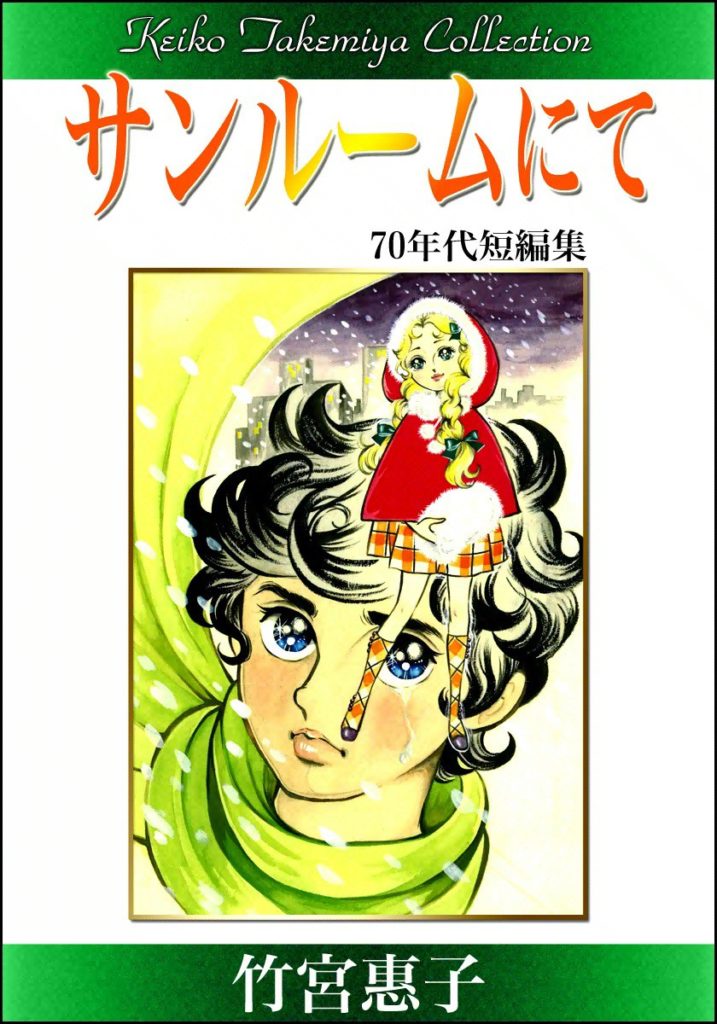
“Rotten girls”
As is the way with subcultures, a range of words specific to the genres has developed. Key among both boys’ love and yaoi is the word fujoshi (腐女子), which is used to describe female fans. This term takes the word for “women and girls” and changes the first kanji character so that it reads as “rotten girls.”
The phrase emerged in the early 2000s among anime and gaming fans on the 2channel online community that was popular in Japan at the time, as a self-deprecating label that acknowledged the inappropriateness in the mainstream culture of a woman who enjoys imaging romantic relationships between men.
View this post on Instagram
In discussing the coupling between characters, readers talk of “uke” (受け) – meaning to receive – as the traditional female role, and “seme” (攻め),” meaning to attack, as the male one.
Why read BL?
One Japanese female fan, a blogger who calls herself Ancha, says the greatest attraction of BL media is that readers can be part of a world that they can’t experience in real life and feel sensations that they wouldn’t otherwise feel. The obstacles to BL characters reaching a position of loving each other are much higher than in regular narratives, which consequently makes the stories more romantic, or “satisfyingly heartrending” for readers.
“For example,” Ancha writes on her mazimazi-party.com webpage, “if the main character likes a boy but thinks he is straight, he will likely be fraught with doubt about whether it’s OK to like him or not. The greater difficulty for characters to get closer to each other and to reveal their feelings gives readers emotional excitement.”
View this post on Instagram
Ancha, who began reading BL at about 12 years of age and was a fan of a BL version of the Naruto series, says it is also exciting for women to read from the point of view of the seducer, or seme, role considering that they are usually the opposite role in real-world relationships. She also enjoys the absence of a female heroine in BL – a character depiction which, in the mainstream manga for girls, is sometimes not one the reader can relate to. This makes the all-male lead cast of BL media “stress-free,” she says.
It is stress-free reading also because, since the key characters are men, women don’t project themselves onto those roles as they read.
For characters to love one another amid heightened difficulty, including social resistance to homosexuality, inspires respect in readers that Ancha describes as “reverence for a pure love that ignores the judgments of others. BL is noble,” she says.
Beyond judgment
Being beyond judgment may be the ultimate attraction of BL. The way in which the genre developed shows professional female writers’ frustration with not being able to fully enter their chosen field, while fans’ creations show their thirst for boy-boy romance. Whether conscious or not, both reject the surrounding patriarchy in favor of a world of their own that they wish to enjoy uninterrupted by masculine demands and judgments.
BL creates a world where women are not subjected to the judgments of men.
Although the BL characters are men, the storylines are written according to women’s romantic desires and sensibilities. The characters have the heart of a girl in the body of a boy, which thoroughly removes any body shaming issues for readers.
BL creates a world where women are not subjected to the judgments of men. Beyond the pages, even, by labeling themselves “fujoshi,” BL fans prevent others from sticking a different label on them. With this subversive term, they voluntarily cut themselves off from the demands of the world of men, with “rotten” making it clear that they are no longer fit for male consumption.
View this post on Instagram
A sub-genre of BL that depicts sexual relationships between older men and underage boys is commonly frowned upon, and gay rights activists have criticized BL for its inaccurate portrayals of homosexual men. Writers and fans, however, back up the genre by saying that the characters are not meant to represent real men anyway, and that separation — or escape — from reality is central to fans’ attraction to BL.
The academic world has had much to say about boys’ love media too, with most scholars praising it for aspects such as allowing readers to challenge fixed identities and explore alternative ways to navigate desire.
Rachel Matt Thorn, a cultural anthropologist at Kyoto Seika University, has described the appeal of BL among women of various different industrialized nations as being based on “discontent with the standards of femininity to which they are expected to adhere, and a social environment that does not validate or sympathize with that discontent.” She sees its popularity as going hand-in-hand with the spread of “proto-feminist consciousness.”
Shared goals
Integral to BL is its autonomy of female self-expression. (One manga writer has described the erotic yaoi media as providing a female alternative to conventional made-for-men pornography.) Freedom of female expression is an important step toward feminism. BL pushes that further by rejecting socially mandated gender roles. Its characters typically pursue shared goals in an equal partnership that breaks through the traditional male-female hierarchy.
BL media also offers a positive space for LGTBQ readers by creating fluidity in perceptions of gender and sexuality and resistance to the expectation of heterosexuality.
The genre, therefore, seems closely linked to two big social movements that have affected the world in the last few years — gender equality following the #MeToo movement, and LGTBQ rights. But it is not wise to expect much social action from a subculture that revels in its separation from the real world and a readership characterized as tucking itself away in its bedroom to read.
It is reassuring though, that when the petty ways of an unethical world get us down, BL can perhaps help refresh our faith in the ideals of equality, mutual respect and freedom of identity. Sometimes, maybe it’s not the Good Book that one needs, but a naughty one.












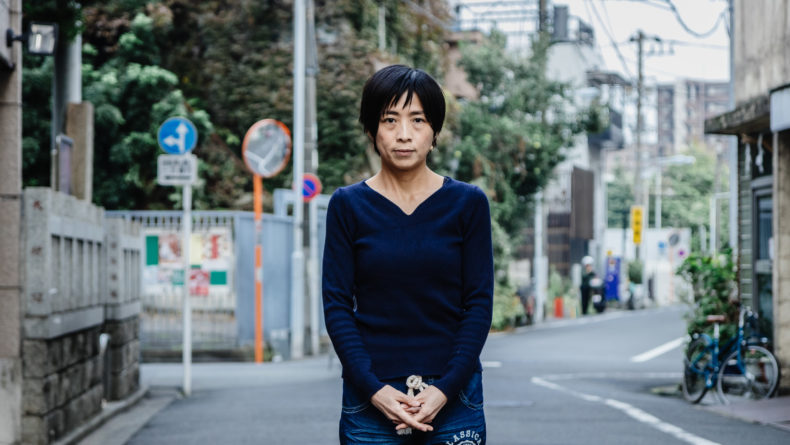
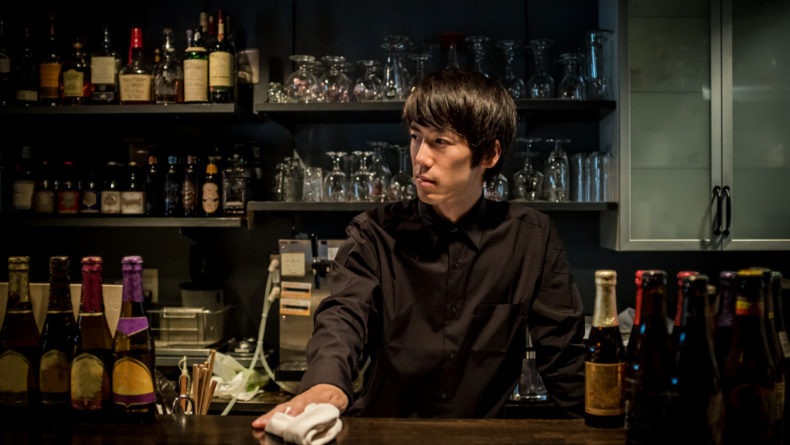
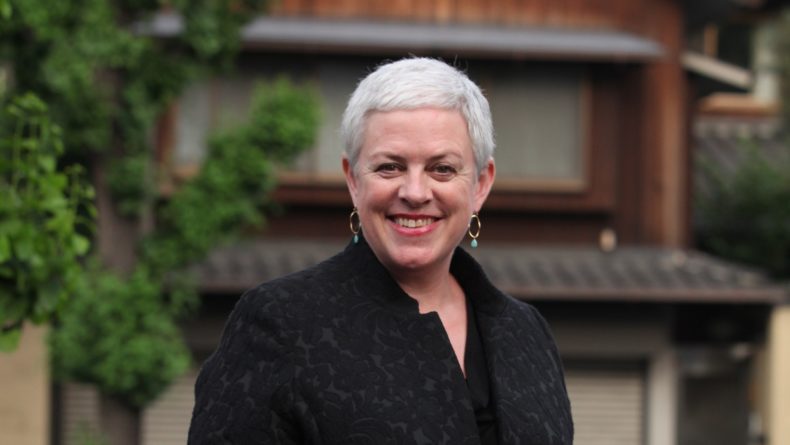
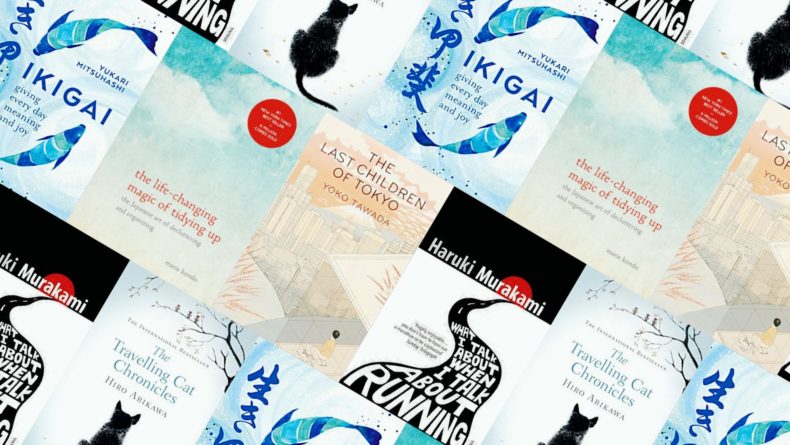
Leave a Reply